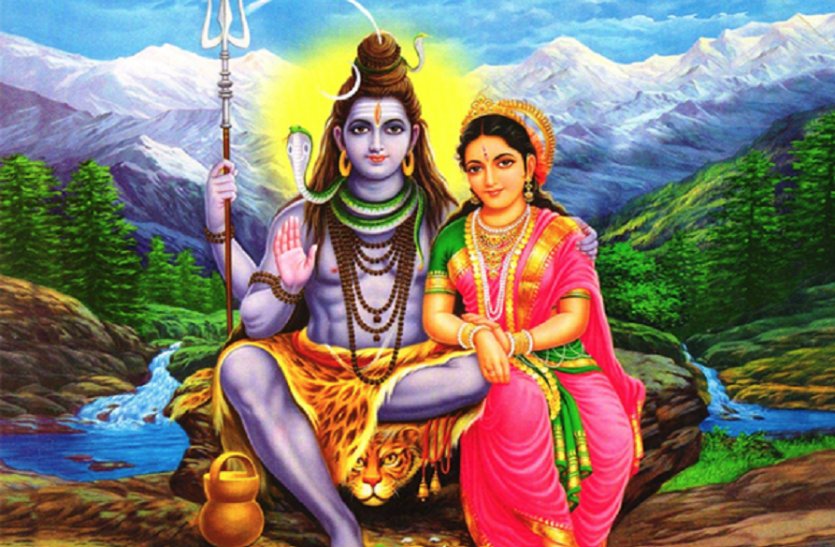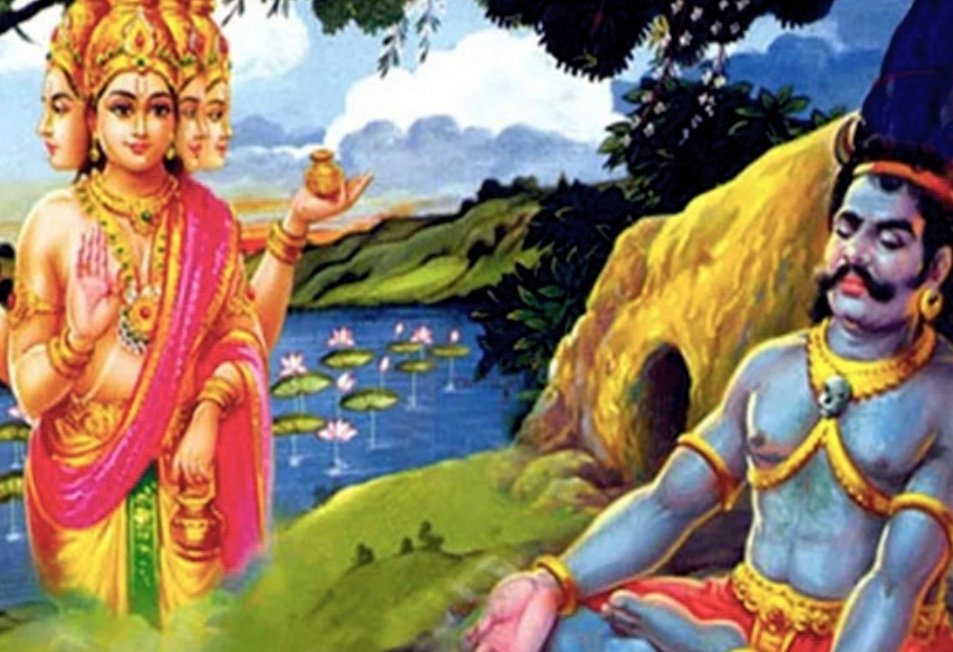
The Internet rewards unique people.
Find your unique combination of skills, interests, and personality traits.
I call this a Personal Monopoly.
Become the only person in the world who does what you do.
Then, tell the world by sharing your knowledge.

Focus on what the world wants too.
Think like an investor.
Find a small and growing market that only a few people write about. Then, learn everything you can about it, and share the best of what you learn.
Personal monopolies aren't found — they're made.
Global markets increase the upside of having a Personal Monopoly, but also make it harder to create one.
The sweet spot is finding an idea that looks specific to others, but still diverse enough to express the many shades of who you are, where you excel, and what you want to achieve.
Like fish in water, we don't know how to explain what we do so we depend on others to define our work for us. Listen to others describe your work. Then, double down on the best summaries.
In Personal Monopoly markets, just like cities, the biggest returns come in areas with increasing demand and restricted supply.
Here's my mini-essay.

"Your personal monopoly is out there, waiting for you, and magic will happen once you discover it. The way to do that is not to worry too much about it and focus on being prolific.” — @m_ashcroft
1) Complementary: Greater than the sum of its parts.
2) Unusual: A combination of skills rarely seen.
3) Experiential: Inspired by unique events in your life.
4) Specific: Niche topic where you have lots of knowledge.
Personal Monopolies are the antidote. Until you differentiate yourself, you’ll be subservient to the iron laws of supply and demand.
https://t.co/uEGXsB5BWl
The career path of a creator has three stages:
— David Perell (@david_perell) January 24, 2021
1) Discovery: Hone your craft and find the idea you want to be known for.
2) Income: Ditch the corporate world and become financially independent.
3) Equity: Get ownership in a business that\u2019ll grow without your daily involvement.
We spoke about:
∙ Communicating your Personal Monopoly
∙ Validating demand
∙ Lessons from @anafabrega11
∙ The DICE framework
∙ Becoming a citizen of the Internet
https://t.co/qmc31YEzSs
More from All
https://t.co/6cRR2B3jBE
Viruses and other pathogens are often studied as stand-alone entities, despite that, in nature, they mostly live in multispecies associations called biofilms—both externally and within the host.
https://t.co/FBfXhUrH5d

Microorganisms in biofilms are enclosed by an extracellular matrix that confers protection and improves survival. Previous studies have shown that viruses can secondarily colonize preexisting biofilms, and viral biofilms have also been described.

...we raise the perspective that CoVs can persistently infect bats due to their association with biofilm structures. This phenomenon potentially provides an optimal environment for nonpathogenic & well-adapted viruses to interact with the host, as well as for viral recombination.

Biofilms can also enhance virion viability in extracellular environments, such as on fomites and in aquatic sediments, allowing viral persistence and dissemination.

Viruses and other pathogens are often studied as stand-alone entities, despite that, in nature, they mostly live in multispecies associations called biofilms—both externally and within the host.
https://t.co/FBfXhUrH5d

Microorganisms in biofilms are enclosed by an extracellular matrix that confers protection and improves survival. Previous studies have shown that viruses can secondarily colonize preexisting biofilms, and viral biofilms have also been described.

...we raise the perspective that CoVs can persistently infect bats due to their association with biofilm structures. This phenomenon potentially provides an optimal environment for nonpathogenic & well-adapted viruses to interact with the host, as well as for viral recombination.

Biofilms can also enhance virion viability in extracellular environments, such as on fomites and in aquatic sediments, allowing viral persistence and dissemination.

































